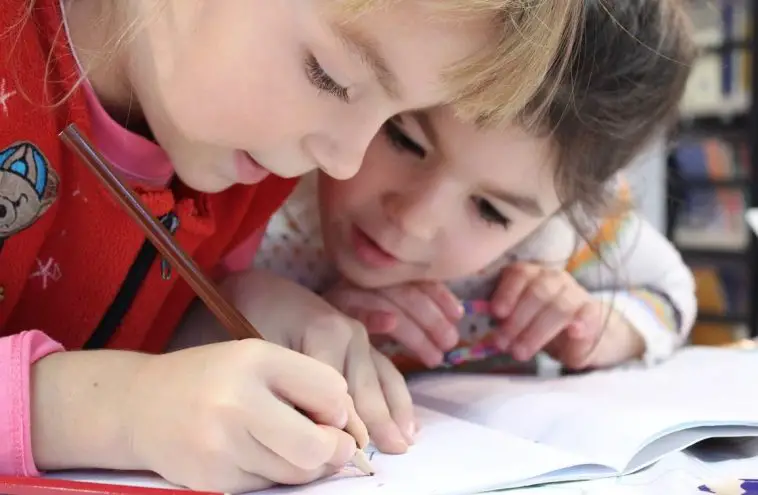In the wake of the COVID-19 pandemic, many schools are wondering how they can properly protect their students and staff. The government has insisted schoolchildren are safe to return, but many schools disagree. Unfortunately, unless teachers strike, which could cost them their jobs and paychecks, they will be expected to return, and when this happens, schools must ensure they keep their students and staff safe and healthy.
Our governments have introduced social distancing laws and required people to wear personal protective equipment, something that will later be expanded on in further detail. This page will give you some effective tips to keep your students and staff healthy and safe at school, from viruses, infections, germs, and bacteria. Here are some tips.
Executive Cleaning
Deep cleaning, or executive cleaning, is something that every school must now regularly have undertaken. In the wake of the COVID-19 pandemic, we cannot be too careful when it comes to germ transmission. It is essential for your school that you have regular cleaners coming in to remove any potential germ or bacteria that could be lingering on surfaces, door handles, or in the air. Deep cleaning ensures everybody’s safety.
Social Distancing
Social distancing is another measure that is important to uphold. Social distancing laws have been introduced in many countries, but in others, the governments are reducing the amount of social distancing that is necessary. Wherever you are, uphold social distancing in your school if you can. It is important you do this so as to ensure no viral transmission can take place, and that the virus if brought in on a student, is unable to infect people. Social distancing can be very hard to maintain in a school, but by monitoring students and employing people to keep their eyes on students at all times, you should be able to make it work.
Personal Protective Equipment
PPE, or personal protective equipment, is a very essential tool in fighting the spread of germs or disease. Personal protective equipment is very effective and can be a good frontline measure to fight viruses. PPE comes in many shapes and forms and it has been made illegal in many countries to go outside, or into public places, without adequate PPE.
The benefits of wearing a mask are that you will be unable to breathe out viral particles and be unable to touch your face unintentionally and infect yourself with a virus. It is very common for us to touch our face, and we are suggested to do it at least sixteen times an hour. If you have touched an infected surface before touching your face, you will infect yourself unknowingly.
Gloves are another very beneficial method of personal protection. Gloves prevent you from touching anything infected and having the porous surfaces of your skin come into direct contact with any viruses. Gloves are very cheap and disposable, and you should enforce wearing them upon your students and staff.
Antibacterial Hand Gel Stations
Antibacterial hand gel stations are another beneficial method of preventing the spread of viruses. Antibacterial hand gel kills 99% of viruses and germs and is proven to kill all types of coronavirus. Using this frequently will ensure that students and staff who are not wearing gloves, or have had to take their gloves off, will be thoroughly protected. Set up antibacterial hand gel stations around your school and recommend that students and staff use them even over their gloves when going in and out of rooms and buildings, or touching surfaces that could be infected.
Temperature Checkpoints
Temperature checkpoints are another effective way of preventing the spread of germs or viruses. By setting these up at the front of the school, you will be able to determine whether or not students have a fever. If they have a fever, you must send them home and have their parents request a coronavirus test. Preventing students with fevers from coming into the school is a good way to ensure that everybody in the school remains healthy and that no viruses are spread unintentionally. A traditional thermometer will work, and although it may take some time, will certainly be worth it as you can potentially save lives.
A Healthier Menu
Detracting slightly from the mention of germs and bacteria, you should also ensure your school cafeteria has a healthy menu and healthy food options available. Children will likely always pick the junk food when given the opportunity to do so, so enforcing a healthy menu will be a good way to ensure they are in the best of health and do not develop any diseases as a by-product of an unhealthy diet.
Now you know a few ways that you can guarantee your school is safe from becoming a viral hotbed, and that the students and staff within bear no risk of infection or illness.




